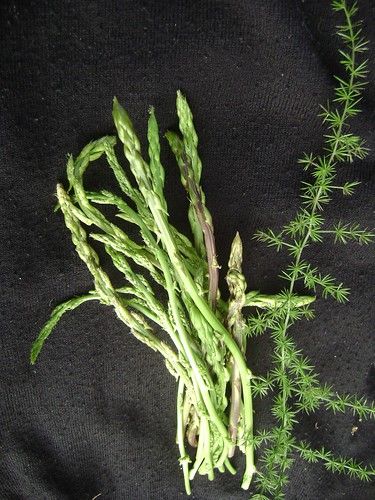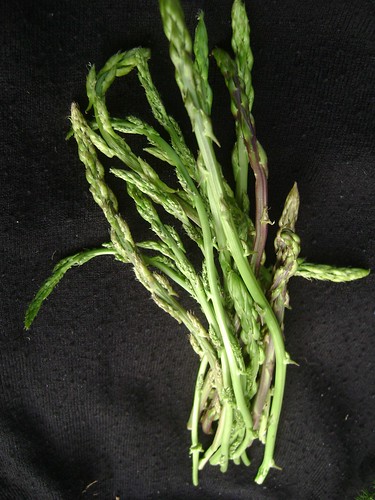Foraging
 Can you guess what (wild) plant this is? Hint: It's edible.
Can you guess what (wild) plant this is? Hint: It's edible.If you guess correctly I will be very impressed, as it looks extremely different from what we would expect it to be if we were to hear the actual name... I'm very eager to share the plant, so I will publish the answer later tonight. But just for the fun of it - who's game for guessing? If you guess correctly, I'll send you a sample of Smiling Country.
Growing up in the largely-wild country side of the Western Galilee (in northern Israel), we always would collect herbs and edible plants from the wild. Hyssop and sage are easy to find; while white mint and wild mountain thyme were a little more rare and "exotic", and combined with their valued medicinal properties and aromatic profile - my mom always made it very clear that we should always bring some home and remember where the plants were on our hikes and random roaming around on the thorny hill behind our home.
In the wintertime and early spring, there are also many edible greens full of nutrition that my mom learned how to recognize, harvest and prepare from the Arab and Druze women of the neighbouring villages: wild chicory (oh-so bitter, which she baked into a rolled pie, seasoned with crushed chiles), stinging nettles, mallow leaves (fresh in salad), purslane (in salad or incorporated into omlets and frittatas), and many other mysterious weeds I can't find the actual name for at the moment and deserve a whole post all on their own on account of their intrigue and obscurity.
For years now, I've been living in the city, and my foraging has been limited to the few obvious plants I know - blackberries, huckleberries, salmon berries and the like. Inspired by the book Earth to Table, I'm now determined to expand my foraging skills and learn a little more about edible wild plants of the Pacific Northwest. Anyone up for hunting morels, fiddleheads and ramps?



